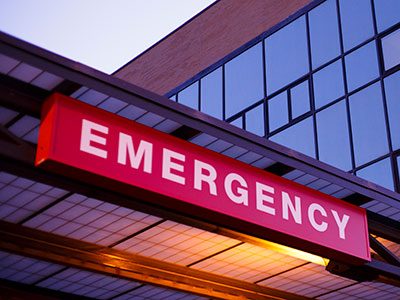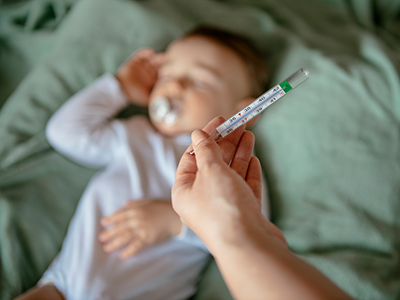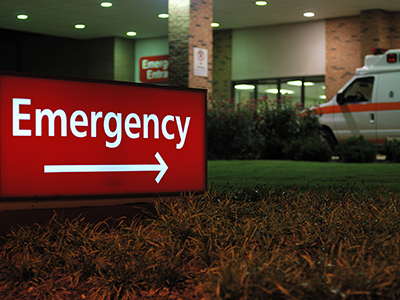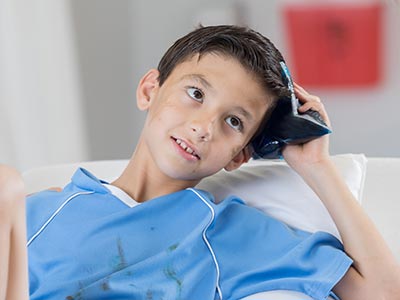Did you know there are important differences between adult and pediatric emergency care? Pediatric emergency departments (EDs) are designed specifically to meet the needs of infants, children and teens — from the equipment to the staff expertise. Here’s how care for children in the emergency department stands apart.
Specialized pediatric emergency doctors and nurses
Pediatric emergency medicine doctors and nurses receive advanced training to recognize and treat conditions unique to children. Children react differently to illness and injury than an adults, so dosing, treatment plans and procedures must be carefully adjusted for their size, age and development. Families can feel reassured knowing their child is being cared for by providers who specialize in pediatric medicine.
Equipment sized for children
Children aren’t just “small adults.” Pediatric emergency departments are stocked with equipment made specifically for babies, toddlers, school-age children and teens. From blood pressure cuffs to breathing tubes, everything is available in the right size. Having the right tools means safer procedures and more accurate monitoring.
Child-friendly environment
Emergency departments can feel overwhelming, especially for children. Pediatric EDs are designed with families in mind. Waiting rooms often include colorful artwork, play spaces or distraction tools like tablets and toys. Staff are trained in child-friendly communication to help ease fears and explain what’s happening in age-appropriate ways.
Family-centered care
Parents and caregivers play a critical role in a child’s recovery. Pediatric emergency departments encourage family presence whenever possible, whether during exams, procedures or recovery. Care teams work closely with families to explain diagnoses, answer questions and guide next steps.
Common reasons kids need emergency care
Children often come to the ED for conditions that look very different from those in adults. Common reasons include:
- Breathing problems like asthma
- Fevers or dehydration
- Vomiting and diarrhea
- Falls and sports injuries
- Allergic reactions
- Seizures
- Accidental ingestions
- Cuts and injuries that possibly need stitches
These emergencies require fast recognition and treatment tailored to a child’s physiology and growth stage.
When to bring your child to a pediatric ED
If your child has a severe injury, difficulty breathing, uncontrolled bleeding or a sudden change in behavior or consciousness, seek emergency care right away. A pediatric ED offers the added benefit of providers who focus exclusively on children, ensuring care is accurate, safe and compassionate.
 https://riseandshine.childrensnational.org/wp-content/uploads/2025/10/girl-in-ED-feature.jpg
300
400
Rise and Shine
https://riseandshine.childrensnational.org/wp-content/uploads/2017/11/childrens_riseandshine_logo.jpg
Rise and Shine2025-10-06 10:54:252025-12-10 13:12:22How is pediatric emergency care different from adult emergency care?
https://riseandshine.childrensnational.org/wp-content/uploads/2025/10/girl-in-ED-feature.jpg
300
400
Rise and Shine
https://riseandshine.childrensnational.org/wp-content/uploads/2017/11/childrens_riseandshine_logo.jpg
Rise and Shine2025-10-06 10:54:252025-12-10 13:12:22How is pediatric emergency care different from adult emergency care?










Leave a Comment
Want to join the discussion?Feel free to contribute!